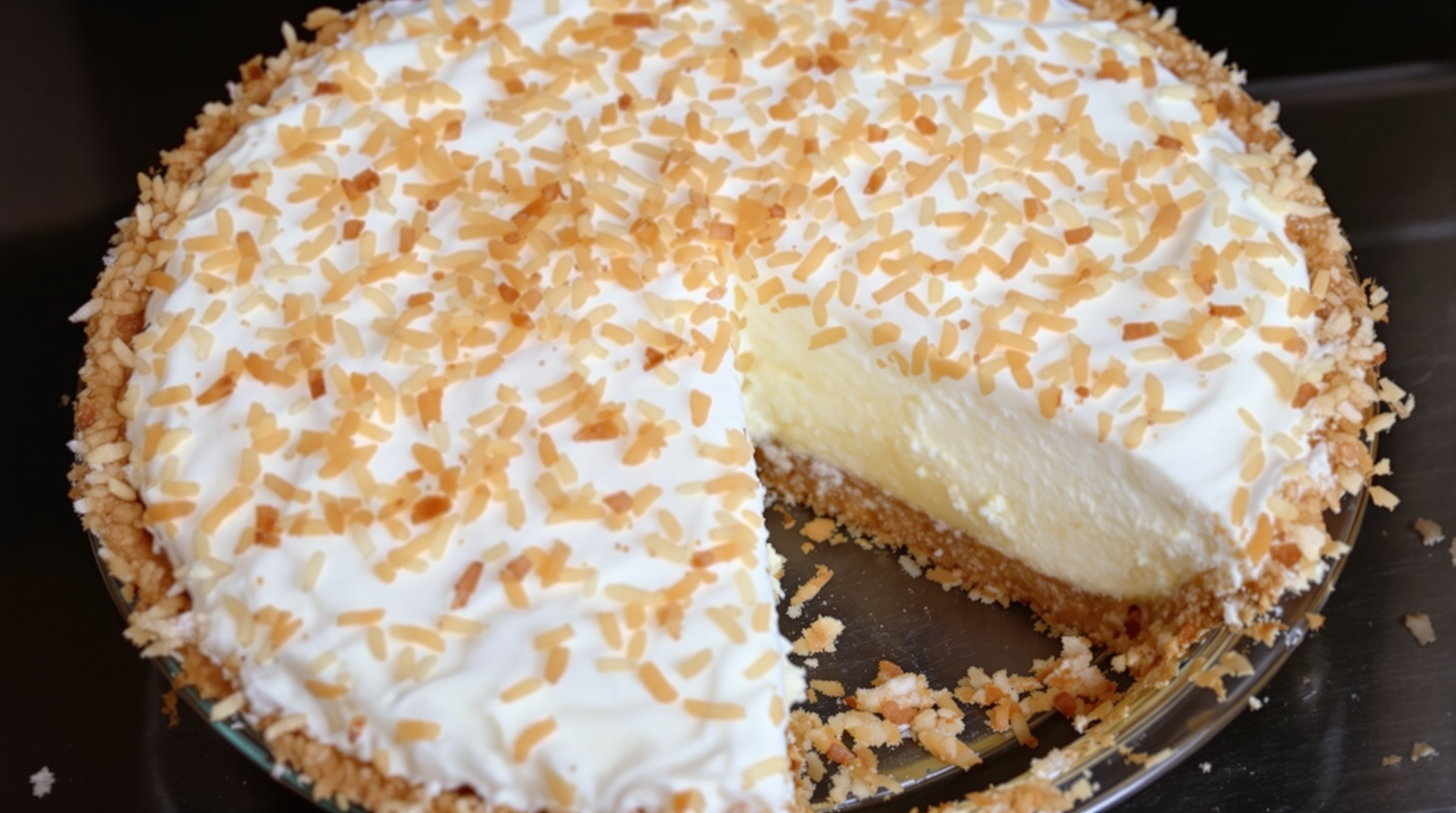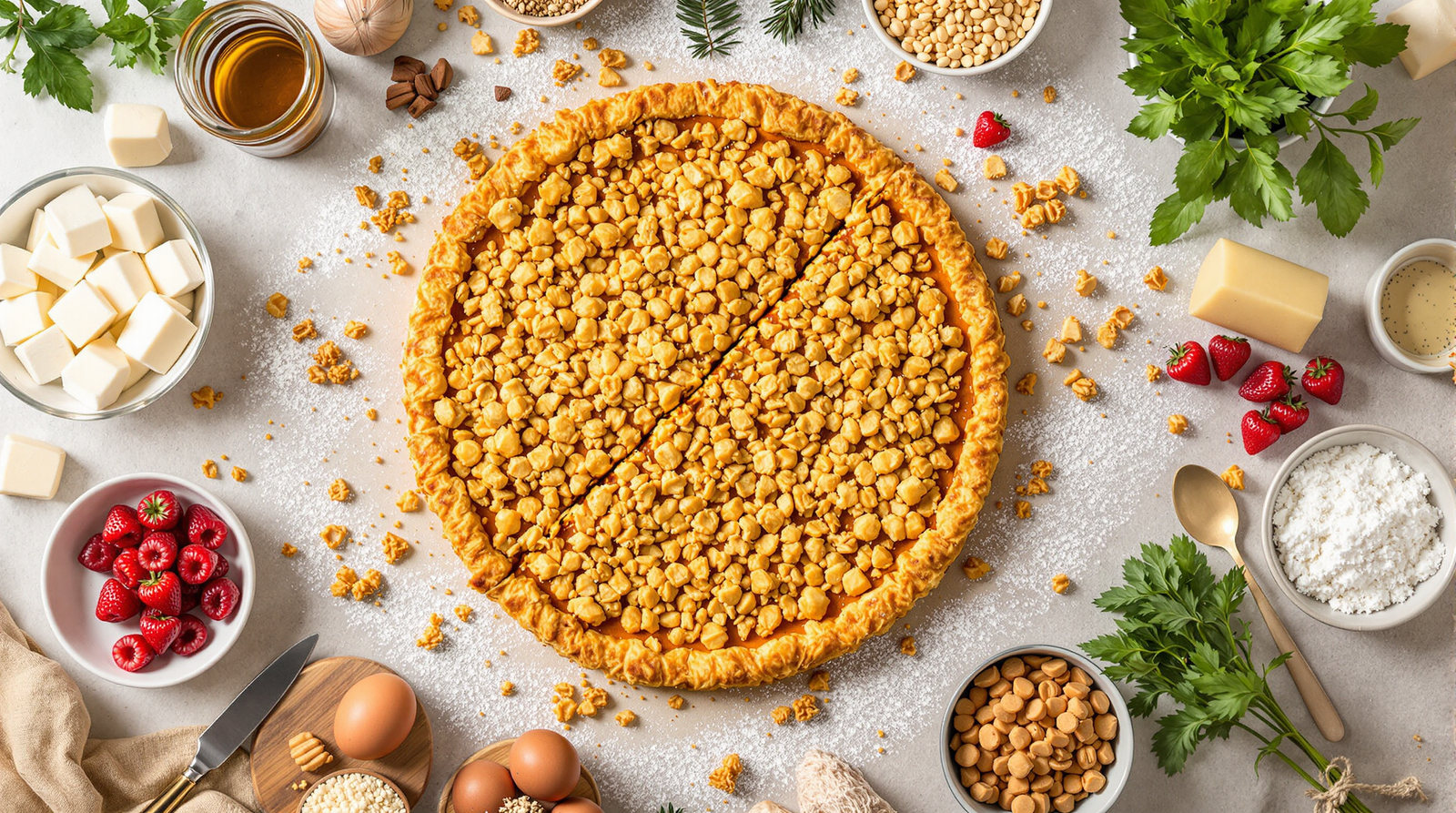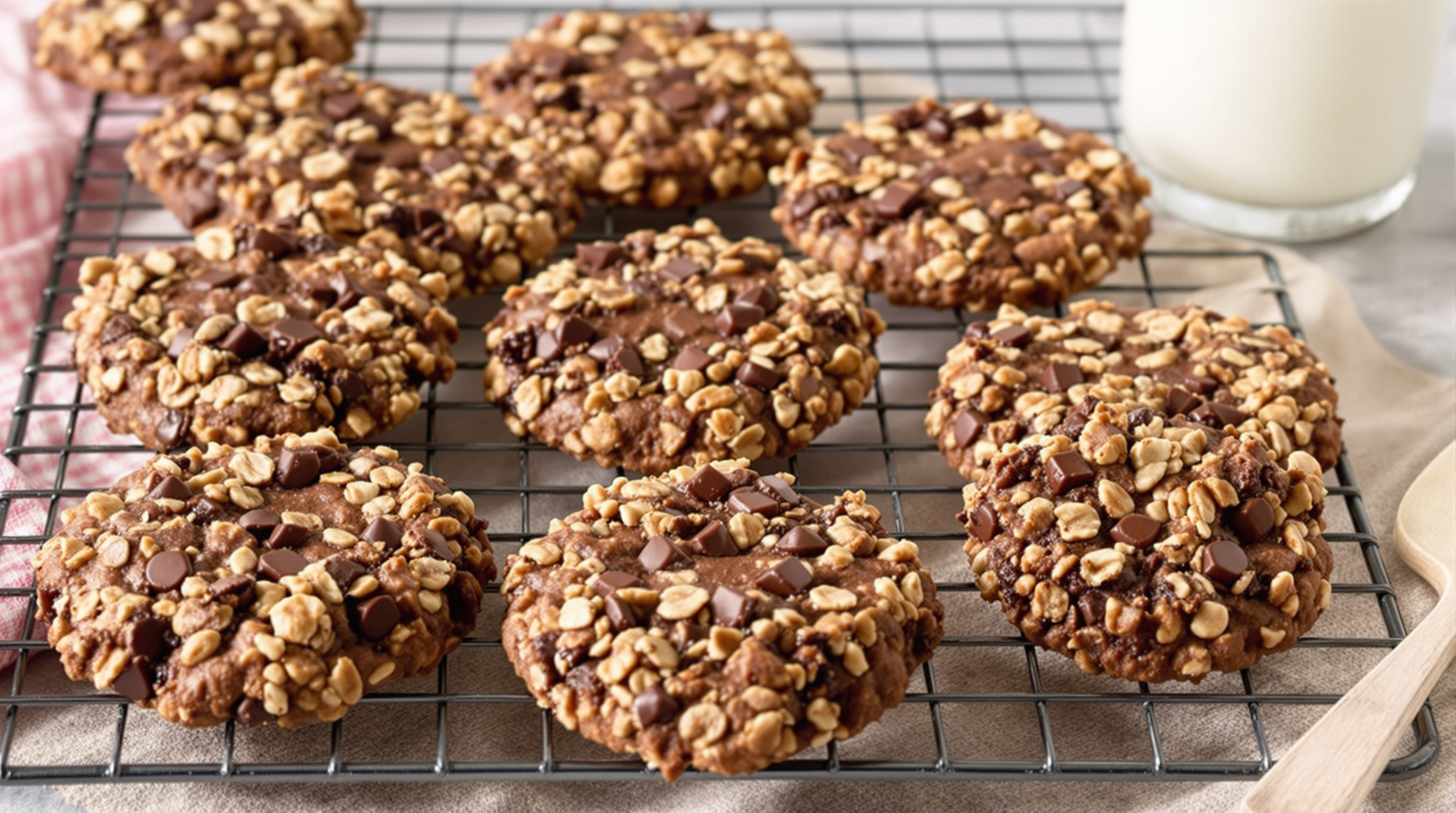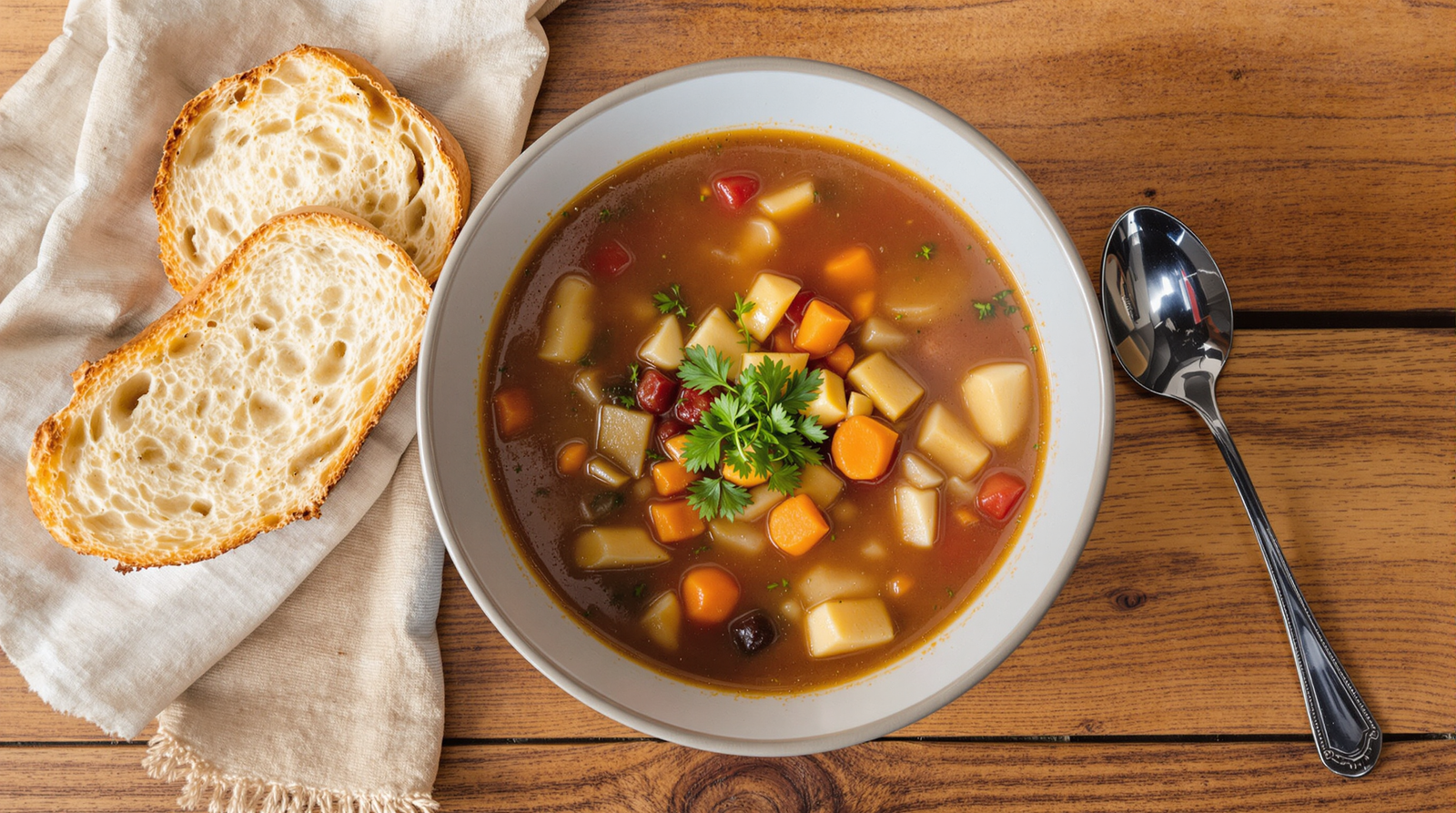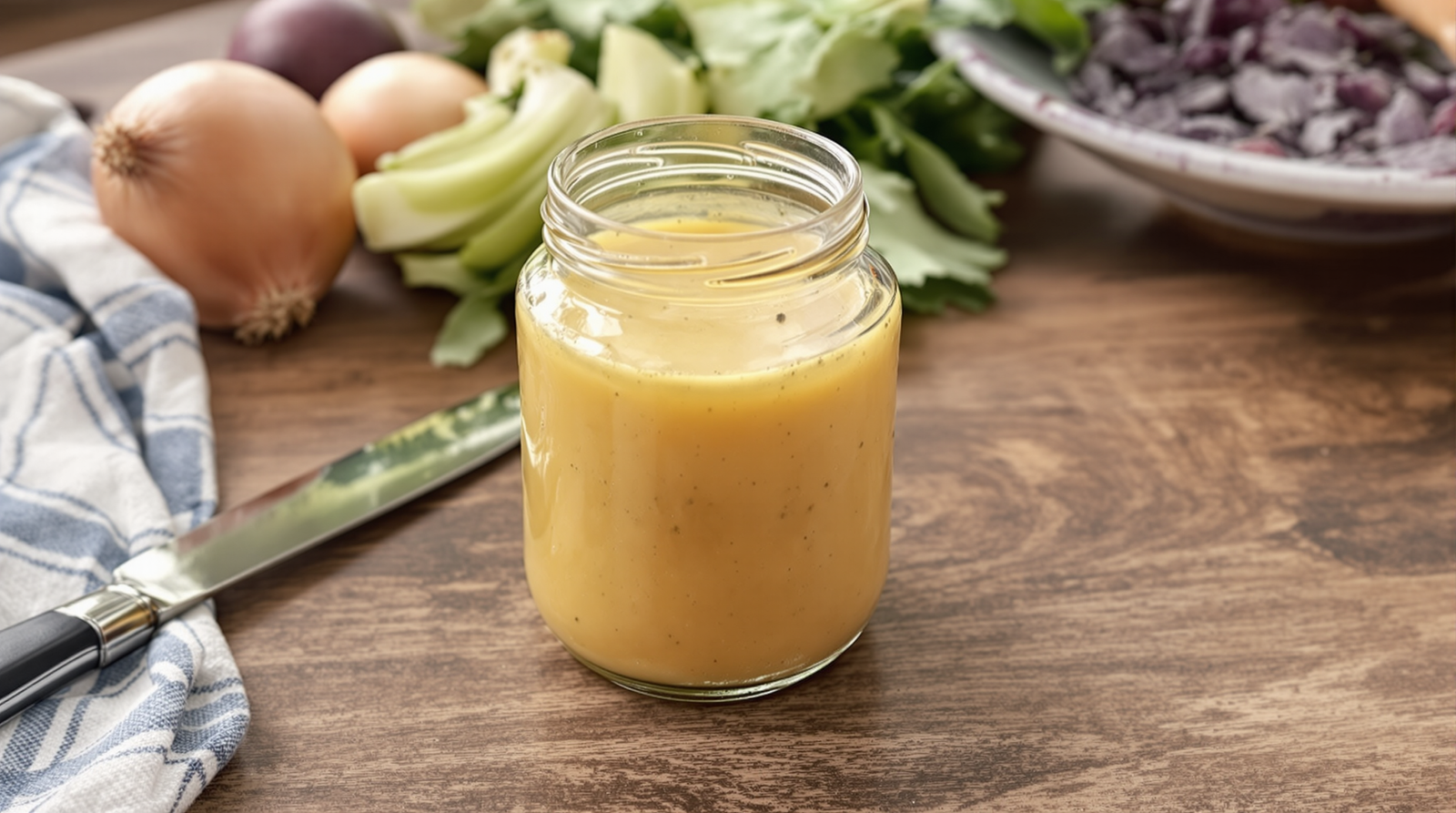Bake your own Bonnie’s Bread at home with this simple recipe. It’s the perfect companion for any meal, whether it’s breakfast, lunch, or dinner. Plus, it’s really easy to make!
Ingredients
- 4 c. water or potato water
- 1 cake yeast or 3 pkg. dry yeast
- 2 Tbsp. salt
- 2 eggs, well beaten
- 1 c. sugar or more
Baking Instructions
- Can use dehydrated potato flakes.
- Add flour as desired. Dough should be soft and elastic.
- Bake as rolls or bread at 350°. Bread is done when it sounds hollow when tapped.
Calorie: 200
Total cooking time:1 hour
Difficulty level: Easy

The Tale of Bonnie’s Bread: A Yeasty Affair
Let’s set the scene. It was a lazy Sunday afternoon, and I was craving something homemade – something that would fill my apartment with the comforting smell of fresh-baked goodness. And that’s when it hit me: Bonnie’s Bread! This recipe is renowned in my family, passed down from generation to generation like a precious, gluten-filled heirloom.
The Beginning: A Watery Situation
To kick things off, I needed 4 cups of water, or potato water, if I was feeling fancy. Now, you might be thinking, “Potato water? What on earth is that?” Well, my friend, it’s the starchy liquid leftover after you’ve boiled potatoes, and it’s a secret ingredient that can take your bread to new heights. But since I didn’t have any boiled potatoes lying around (or the patience to boil some), I went straight for the tap water. Sometimes, convenience has to win.
The Yeast Beast
Next on the list was the yeast. The recipe called for ‘1 cake yeast or 3 packages of dry yeast.’ Now, I don’t know about you, but I’ve never seen a yeast cake in my life. I imagined a tiny, spongy cake made entirely of yeast, and it wasn’t a pretty picture. But thankfully, I had 3 packages of dry yeast on hand, so I didn’t have to embark on a wild yeast cake hunt.
Salt, Sugar, and Everything Nice
The recipe called for 2 tablespoons of salt, 2 well-beaten eggs, and 1 cup of sugar – or more. ‘Or more’ – such a dangerous phrase for a sweet tooth like me. I decided that, in the interest of my dental health, I’d stick to just 1 cup. Still, I couldn’t resist taking a pinch of sugar directly from the jar. It’s the little things in life, right?
The Flour Power
The next step was to add flour as desired. Now, this was a bit vague, but I’ve learned from past baking endeavors that flour is not something to mess around with. Too much, and you end up with a loaf of bread that could double as a doorstop. Too little, and you’ve got a sticky mess that refuses to leave the bowl. So, I added flour until the dough was soft and elastic, like a well-moisturized hand after a spa treatment.
Bake it ’til You Make it
The final step was to bake the bread at 350°. The recipe said it could be baked as rolls or as a loaf, and that the bread was done when it sounded hollow when tapped. This step always gets me. I mean, how hollow is hollow, exactly? I ended up tapping on the kitchen table, a wooden spoon, and even my own head for comparison. In the end, I decided that if it sounded like my head, it was done.
The Aftermath: A Breadtastic Success
And there you have it, my friends. The process wasn’t without its bumps and giggles, but the end result was worth it. The smell of fresh bread wafted through my apartment, and I had a warm, soft loaf of Bonnie’s Bread to show for my hard work. And let me tell you, it was absolutely delicious – even without the elusive yeast cake.
So, the next time you find yourself with a lazy afternoon and a craving for something homemade, give Bonnie’s Bread a try. Just remember: when it comes to flour, tread lightly. And always trust your own head when checking for hollowness.
